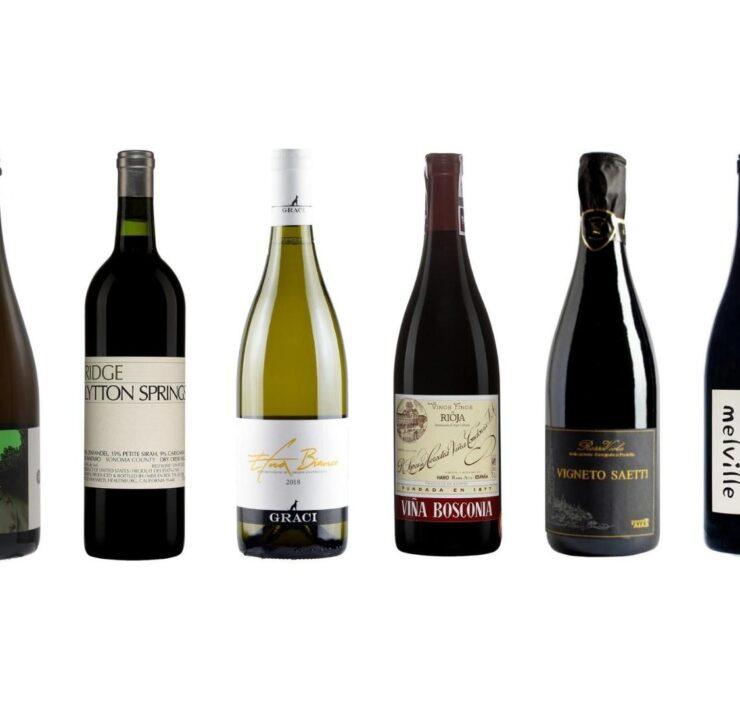There’s a lot of misinformation on decanting wine, including which wines to decant and when to decant them. Some say to decant anything over $30 (false). Others suggest decanting only if you have a four-hour window (also very false).
In SOMM TV’s Sommelier’s Notebook – Intro to Wine Decanting, sommeliers Matthew Kaner, Claire Coppi, and Sabato Sagaria explain the importance of decanting.
Why Decanting Wine Matters
Decanting wine allows a wine to breathe. By pouring the wine out of the bottle, more of the wine’s surface area is exposed to oxygen which helps it ‘open up’ and release its true aromas and flavor characteristics.
Each bottle holds a sweet spot for the perfect time to drink, and decanting the wine can drive it to that point more quickly.
Which Wines To Decant
Decanting is most suitable for thick-skinned and full-bodied red wines like Cabernet Sauvignon and Syrah, while light-bodied wines such as Pinot Noir and Gamay will benefit less.
You must be careful, though, as it is possible to over-decant a wine, especially for delicate or old wines where the timing can be critical. Sometimes the time spent in the decanter can result in inadvertently missing the ideal drinking window.
While most important for red wine, white wine can also be decanted. The impact is almost insignificant for most whites, but some experts suggest it can help balance a mineral-forward white wine by allowing the fruit characteristics to flourish.
Another Reason To Decant Wine
A lesser-known reason to decant wine is to minimize the risk of pouring sediment into your glass. Sediment is not bad for you, but it’s not nice to drink. The collective sediment at the bottom of the bottle is the sole reason that wine has been able to age as long as it has. But the sludgy texture and off taste make it something that’s best to avoid.







